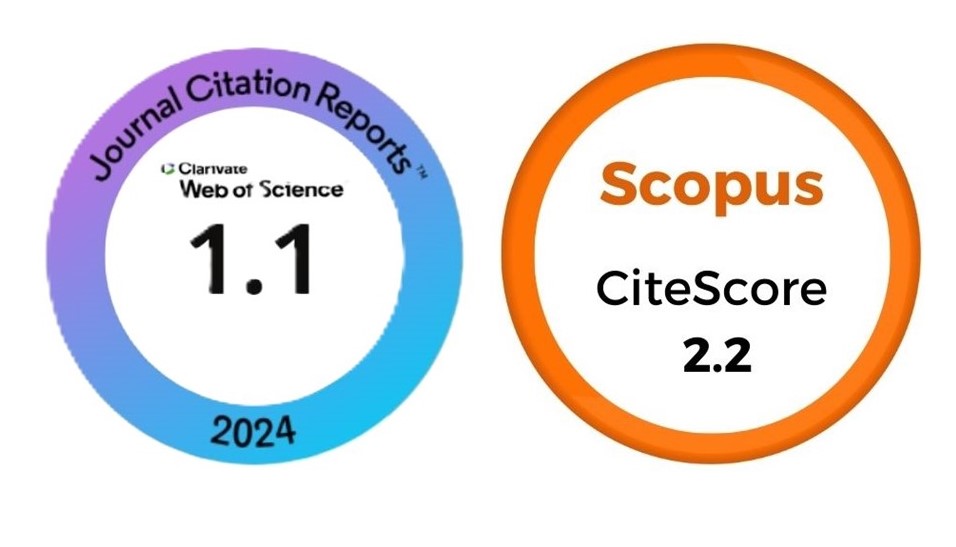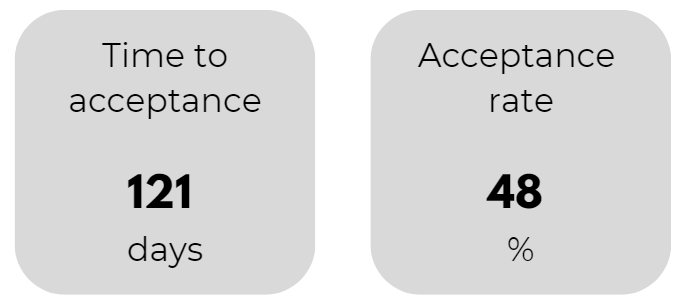Feasibility of the new method for orchid in vitro rooting using liquid and chemical sterilized culture medium under different sucrose concentration
DOI:
https://doi.org/10.1590/2447-536X.v25i3.2047Keywords:
Agar, polyurethane foam, micropropagation system, plantlet development, chlorine dioxide.Abstract
The in vitro propagation of orchids is the only commercial large scale technique to obtain healthy and high quality plantlets with clonal origin. The use of new technologies in plant tissue culture systems could lead to efficiency increases and costs reduction of micropropagation systems. The main actual micropropagation system is based on semi-solid culture media solidified using agar, followed by sterilization using autoclaving, and cultivation under photomixotrophic conditions using sucrose as main source of energy to plant in vitro culture. We proposed in this study the use of new micropropagation system using chemical sterilized liquid medium using polyurethane foam as support and LED source of light in rooting stage of Miltassia ‘Shelobie Tolkien’. Thus, the objective of this research was to test different concentrations of sucrose, comparing the conventional semi-solid agar-based culture medium (control) and the use of liquid medium with polyurethane foam support. The following sucrose concentrations were used: 0, 7.5, 15, 22.5 and 30 g L-1.The experiment was conducted in a 2 x 5 factorial, in a completely randomized design with ten replications each over a total period of 105 days of cultivation. The chemical sterilization using ClO2 showed 100% of decontamination in all treatments. The use of liquid media with polyurethane foam showed better results than plants cultivated in agar medium, and can be used for replace agar-based for orchid in vitro rooting.








